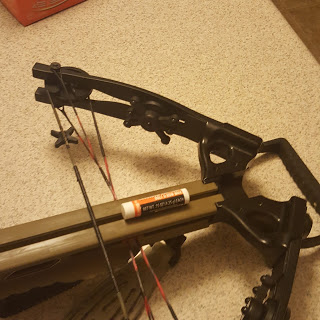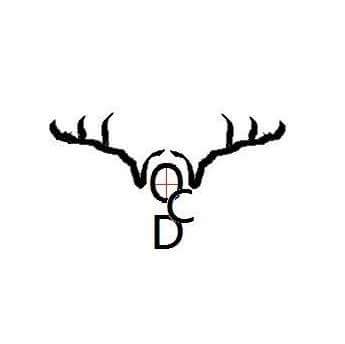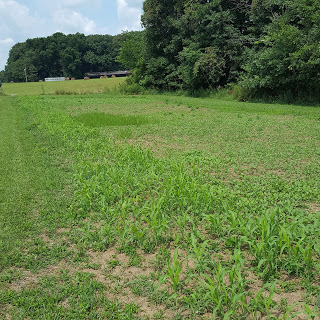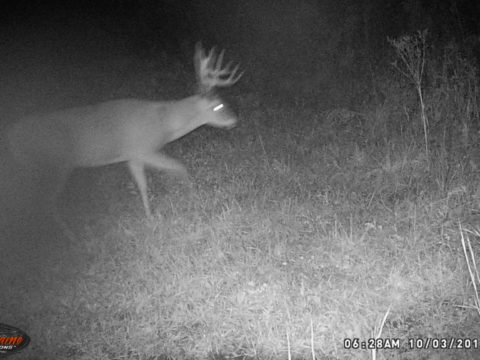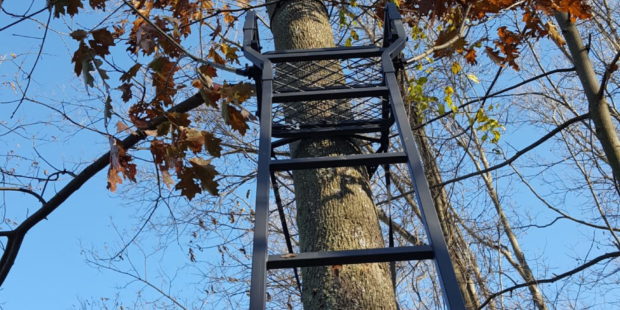
by Eric Hall
The Ohio hardwoods are covered in a blanket of snow in mid-January, 2018. We are two months removed from the frenzy that we call “Sweet November.” The deer are shy due to the lack of cover and the barrage of hunting pressure brought on by the various hunting seasons. The sand has almost run out of this season’s hourglass. I am still hunting, but my thoughts move farther from this season and into preparing for the next. November, mind you, is only nine and a half months away.
10 Post Season Scouting TIPS for Next Year’s Hunt
- When is the best time to scout? NOW (Or once your season is over). Rut sign is still fresh from the previous season. No better time to locate the rub or scrape lines you missed the previous year. Look for funnels, beds and terrain features to plan your ambush next fall.
- Push into those secluded spots that you avoided during hunting season. While giving the deer a sanctuary is great, now is the time to bump them if you are going to do it. Plenty of time for the herd to settle down prior to the new season.
- Dive into the bedding areas and look for those elusive buck beds. These can be normally found on sides of slopes with the prevailing wind coming over the hill behind them allowing them to see down the hill. The thick and secluded cover should also be examined for buck sign as well. When pressured, this is where he may go. Note entrance and exit trails to these beds along with available food sources. Seek stand sights near these bedrooms allowing for access to catch Mr. Big on his way back to bed.
- Note trails from doe bedding areas and buck bedding areas as well as the trails leading to and from food sources. Crop rotation will play into the game if you are hunting on or near agricultural land. Knowing months in advance how the deer are moving from food to bed as well as the pinch points, will allow you to plan your ambush, limiting impact as opening day draws near.
- Use the snow (if available) to your advantage by tracking deer back to their beds. Many pro hunters are using this strategy to find the bedrooms they did not know about. Following tracks from a food source in the snow will provide intel on how the terrain is being used by the herd. Missed trails just off the crest of the ridge will stand out in the late season and provide further options to stand placement in the fall.
- Use your trail cameras. Set up the cameras and run them. Set up on food and bedding areas and let them go without checking them for 30-60 days. Set up on trails near food and not too tight to the bedroom. Make sure these are checked on the correct wind as to not educate a buck. They may be more tolerant to pressure now, but hunters still want to have as little impact as possible. I said earlier that now is when a hunter wants to bump a deer and that still holds true. Repeated human intrusion, however, will cause a deer to relocate and makes your plans to kill him null and void.
- Use a cell phone app to track your hike and note key features and sights found. There are many good apps out for Android or IOS. Using these tools along with maps and trail camera pictures will give you the pieces of the puzzle to plan your hunting locations next year. I cannot count the number of times that I scouted and saw something and then had to meander through the woods looking for that sign again later in the year when the woods look different.
- Select your stand locations now. The woods are barren, and now is a great time to note the trees that have back cover when the leaves are off. Did I mention using an app for noting things? Kneel down from a deer’s perspective and see if you are skylined. This season we scouted pre-season and found a fantastic doe bedding area. Went back in the summer and hung a set with the leaves on the trees. Come November, every deer in the woods picked me off due to the lack of cover. Remember, the woods look very different in July.
- Take some marking tape (if allowed) or take a picture of the specific tree you have chosen to hunt from. Mark the tree on your phone app as well. In some cases, you can use a reflective tack to locate the tree of choice. Back cover is critical when the leaves fall, so do not make the same mistake I did this year. Mark your tree prior to the foliage returning in spring. You will be glad you did.
- Plan your access in and out of the stand. The longer I hunt, the more I am convinced this is just as, if not more, important than tree stand location. The best stand location in the world is garbage when every deer in the woods knows you are coming in and out. I was introduced to access strategy when my friend Matt and I hung a stand. The landowner had cleared a path into the woods for their ATV. This trail led around a swamp, through a small creek right to the ridgeline I planned to hunt. I used this path to slip undetected into the woods and up to my tree stand. The deer never knew I was there. Look for better access routes that allow you to play the wind going in. Use terrain features to avoid a whitetail’s eyes and nose. Ditches and small creeks work great if you have them available. Fence rows, conifers or swales in fields can provide the cover needed to access a stand undetected.
This list, while not all-inclusive, is a great way to fend off the end of season blues by focusing on the plan for the upcoming season. Attention to detail and a small amount of effort during the mid-winter months can pay off in a harvest in the fall. Myself, I am still hunting through early February when Ohio’s archery season closes. The script then flips to next year and I will evolve my plan for 2018 as we inch closer to opening day.
Stay Afflicted with Whitetail OCD!
Please feel free to comment below! - We would love to hear from you!

